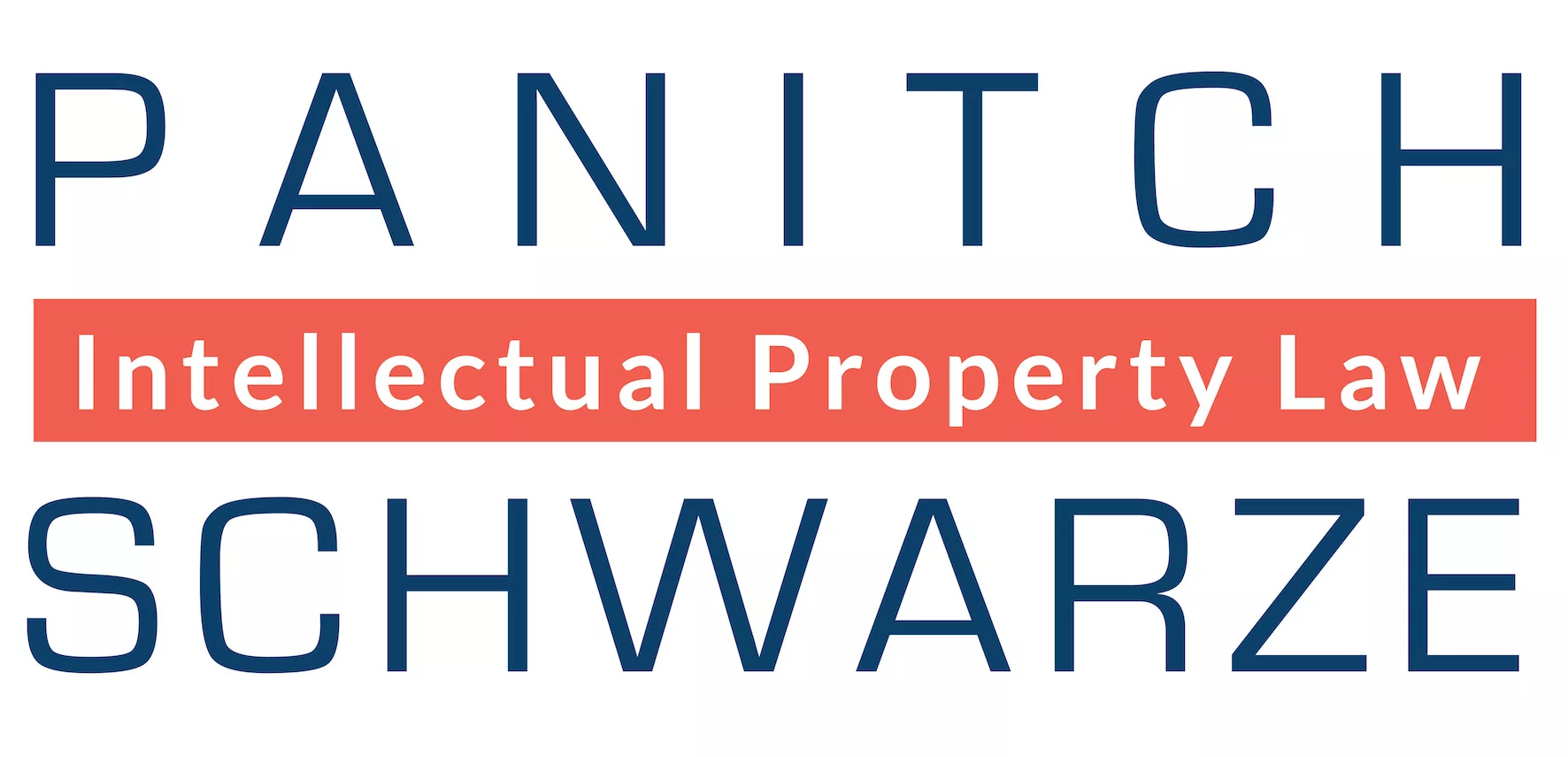Congratulations! You've just been awarded a patent on your invention, which you are now manufacturing or otherwise using. You want to be certain that you will be able to enforce your patent and to collect any damages to which you are entitled, should someone infringe it. Now what?
Patent law (specifically, 35 U.S.C. § 287) requires that, in order to collect damages, notice be provided to the public that your patented product, technique, etc., is covered by a patent. Failure to provide such notice may limit one's ability to collect damages. What should you do, then?
What you should do is to associate your product or service with the patent. Therefore, you must comply with the marking requirement of U.S. patent law (which is set forth in 35 U.S.C. § 287) in one or more of the following ways.
The most straightforward way of doing this is by marking the product with the word "Patent" or the abbreviation "Pat.," followed by the patent number or, if multiple patents cover the product, the patent numbers. For example, simply affixing a notice to a product (e.g., with a sticker or some other attachment, or by engraving it or printing it directly on the product) saying, "U.S. Pat. No. X," or, "U.S. Patent Nos. X, Y and Z" would be sufficient to provide the required notice.
If this is not possible, such a notice may be put on the product packaging. As an alternative, one may use "Patent" or "Pat.," followed by a publicly available Internet address, accessible free of charge, that associates the product with the patent or patents. One may use one or more of these options, but at least one is required, and this must be done for all products covered by the patent.
If you are providing a service, literature provided to users and potential users of the service should be similarly marked. If your service is offered and/or provided via a website, the website should be thus marked.
One further hint: If you have applied for a patent related to a product or service you already are marketing, while you cannot say that you have a patent, you may mark it "Patent Pending" or "Pat. Pend." This does not protect possible future damages, but it may help put potential infringers on notice that you have applied for patent protection and may discourage them from producing "copycat" products or offering "copycat" services.
On the other hand, suppose that, instead of manufacturing and selling products or offering services covered by the patent, you, instead, license the patent to someone else to do so. Marking, as described above, remains a requirement for you and/or the licensee to be able to collect damages from an infringer. Therefore, any licensing agreement should require the licensee to conform to the marking requirements, and you should monitor the licensee to be sure that the licensee is, indeed, doing so.
By following this simple advice, you will ensure that, should an infringer arise, you will be able to enforce your rights to the greatest extent possible.
The content of this article is intended to provide a general guide to the subject matter. Specialist advice should be sought about your specific circumstances.

